In the world of nootropics, everyone has their personal favorites. Some like tyrosine, others like choline, still others really enjoy racetams. But within each of those families, there are personal favorites. For Tyrosine family, we prefer regular L-Tyrosine, while in the choline family, we’re partial to Alpha GPC or CDP-Choline.

DMAE (Dimethylaminoethanol) is a nootropic related to choline that may improve focus, mental clarity, and potentially memory. Question is, what dose, and if some of the studies trend better but don’t reach statistical significance, did anything really happen?
But, there’s a lesser known, used, and understood form of choline that’s used in supplements from time to time that no ever seems to really discuss — DMAE.
No, not the controversial stimulant – we’re talking about the naturally-occurring nootropic that’s similar to choline instead.
Today, we’ve got the lowdown on this “little brother” of the cholinergic family of compounds and where it can fit into your nootropic stack. Hint: It’s inside of one of the original nootropic powders out there, SNS Focus XT, our favorite way to get DMAE in, but you can also see it below:
DMAE – Deals and Price Drop Alerts
Get Price Alerts
No spam, no scams.
Disclosure: PricePlow relies on pricing from stores with which we have a business relationship. We work hard to keep pricing current, but you may find a better offer.
Posts are sponsored in part by the retailers and/or brands listed on this page.
What is DMAE?

As you can see, choline has an extra methyl group (CH3) compared to DMAE, which gives it different properties and actions in the body.
DMAE stands for dimethylaminoethanol. It is a naturally occurring compound produced in the brain, and it can also be found in fatty fish, including sardines and salmon. DMAE structurally similar to choline, but has one less methyl group, which gives it different properties than your typical choline supplement, such as Alpha GPC or CDP-Choline.
This creates different properties that are said to improve memory and reduce signs of aging in the brain. There may be some evidence to suggest DMAE can help treat symptoms of Alzheimer’s disease, but it did not reach statistical significance so more research is required.[1]
DMAE is also the active component of Centrophenoxine (Lucidril), a pharmaceutical drug prescribed to the elderly for cognitive health.
How Does it Work?
While you might be tempted to think that DMAE works the same way all other choline supplements do (increasing acetylcholine), that’s not quite the case. Contrary to popular belief, DMAE doesn’t directly increase acetylcholine in the brain.
Easy crossing of the blood brain barrier
Due to having one less methyl group than choline, DMAE more easily crosses the blood brain-barrier, which you would think would mean it’s better for increasing acetylcholine levels, but it turns out that’s not how it works. Research has shown that while DMAE is rapidly taken up into the brain, choline levels increased, but didn’t translate to increased acetylcholine levels.[1] You would expect elevated levels of acetylcholine with higher choline levels present, but that’s not what happened!

The tightly controlled blood–brain barrier is formed by a triad of brain capillary endothelial cells, pericytes, and astrocytes.[22]
Researchers have theorized that DMAE might increase acetylcholine by inhibiting choline metabolism in other tissues of the body.[15] By preventing choline from being used by other tissues, DMAE can elevate choline levels in the bloodstream.[2]
So, let’s dig a little deeper into how acetylcholine is produced to get some possible answers.
Producing Acetylcholine
Acetylcholine synthesis is catalyzed by an enzyme called choline acetyltransferase (ChAT).[3] The two rate-limited parts of acetylcholine production are choline and Acetyl-CoA. If you’re lacking either one of these two vital components, you’re acetylcholine production is severely limited.
Your body can also make acetylcholine from phosphatidylcholine by way of an enzyme called phosphatidylethanolamine N-methyltransferase (PEMT).[4] But that’s not what’s going on here with DMAE either.
Since acetylcholine can only be made in cholinergic receptors, and DMAE isn’t converted to choline or acetylcholine, the only option left on the table is inhibiting choline metabolism,[15] meaning more of it is “freed up” in the body.
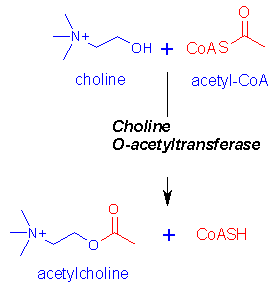
Acetylcholine is synthesised from the compounds choline and acetyl-CoA. Image courtesy of the University of Bristol
One other possibility could be that DMAE coaxes your cholinergic receptors into action.[5] Couple this with the fact that you have more choline floating around your body, and the end result could yield greater acetylcholine production.[1]
Suffice it to say that, our knowledge of DMAE’s mechanism of action is a bit convoluted, but it does offer some benefits:
Benefits of DMAE
-
Enhances Memory in Mice
In a 2009 French study, mice with memory deficits (induced by scopolamine) were put through a maze test. Administration of DMAE pyroglutamate improved the mice’s performance in spatial memory; they avoided more obstacles than those not receiving DMAE.[8] Mice receiving DMAE also experienced slightly better reaction time as well.
Most nootropic researchers know that nicotine is a strong memory booster.[9] Another study compared the effects of nicotine to DMAE, in the form of DMAE II (dimethylaminoethanol cyclohexyl carboxylate fumurate), and found that DMAE was equally as effective for enhancing memory.[9] However, when the two were combined, the effect was diminished.
-
Neuroprotection
DMAE can also serve as a neuroprotectant by acting as an antioxidant. The compound is able to protect against certain types of oxidation by integrating itself in the structure of a cell. It can also support various metabolic processes in the body via methyl donation.[10]
This is another venue by which DMAE could help combat against age-related neurological diseases such as Alzheimer’s.
-
Better Concentration
DMAE aids memory, but it may also enhance your ability to concentrate on daily tasks. A 12 week double-blinded, placebo-controlled study conducted in Germany involved 60 individuals who described themselves as “lacking concentration and mental efficiency.”[11] Electroencephalography (EEG) readings noted a beneficial effect of DMAE on the subjects, with the study concluding:
“This drug effect was localized in the frontotemporal cortex in a statistically significant manner during both the memory and the symbol recognition tests”[11]
-
Potentially Improved Mood
Feeling down in the dumps?
DMAE might be able to help that too, as a study using DMAE (as part of a larger vitamin complex) was able to improve the sense of well being.[12] It should be noted though that DMAE was only part of the vitamin formula (Vitagerin Geistlich N) administered to patients in the trial, so there are definitely confounds here and it’s hard to determine how much mood enhancement is due to DMAE.
-
Skin Health
DMAE has some skin benefits too. Pictured: Source Naturals Skin Eternal DMAE
DMAE also has been used for its skin-healing properties. When applied as a cream, DMAE has been used for improving skin quality for aging skin. Specifically, it helps reduce the appearance of wrinkles, sagging neck skin, dark circles under the eyes, and nasolabial folds.It’s also good for firming up the skin, too.[13]
-
Lucid Dreams
If you’re one of those people who enjoy really crazy, wild, and lucid dreams, you might consider giving DMAE a run.[14] For those of you unaware, lucid dreaming is when you’re conscious of the fact that you are dreaming, and you may or may not be able to control it. Lucid dreaming is believed to enhance one’s problem-solving and creativity, making especially appealing to the power players of the world.
-
ADHD
ADHD (Attention Deficit Hyperactivity Disorder) is characterized by aggression, absent-mindedness, short attention span, and a host of other “symptoms”. A common prescription for it is Ritalin (methylphenidate). A 1975 study compared the effects of 40mg Ritalin vs 500mg deanol (DMAE) in 74 children and found that DMAE was about as effective as Ritalin for improving reaction time, learning, and behavior.[18]
An earlier study carried out in 1957 documented that DMAE improved behavior and attention span in ⅔ of the boys and ¾ of the girls receiving the treatment. Additionally, hyperactivity and irritability were also reduced.[19]
-
May Prevent Cognitive Decline
A 24 week trial in adults age 55-90 with mild cognitive impairment consuming 1500mg of DMAE daily noted a trend towards improving symptoms, though this did not reach significance.[6]
An earlier 1977 study on 14 senile patients with dementia given 600mg of DMAE three times/day noted reduced anxiety, irritability, and depression, but didn’t observe any improvements in cognitive function or memory.[7]
Dosing
DMAE has been used at a variety of doses in research trials anywhere from 25mg up to 600mg taken three times daily. So, there’s not necessarily an “ideal” or “effective” dose established for the masses. Even the DMAE Supplements listed here on PricePlow vary widely in their dosing strategy.
So it’s best advised to start on the low end and work your way up to the higher doses based on how you react and what else you may be stacking it with.
It may depend on your genetics
Another thing to consider is how “receptive” your cholinergic system is, as so research shows that DMAE’s effectiveness is dependent upon the health of your cholinergic system.[16] So, depending on how well that system is functioning in your brain might dictate if you’re a “high responder” or not to DMAE.
For instance, the rs174548 polymorphism in the fatty acid desaturase FADS1 gene affects phosphatidylcholine levels, and if you have the G;G variant, then there’s a chance of lower phosphatidylcholine levels.[21]

Whether or not DMAE has any significant impact on your cognitive function, may be largely dependent on your genetics.
Similarly, Phosphatidylethanolamine-N-methyltransferase (PEMT) catalyzes the synthesis of phosphatidylcholine in the liver (and thus choline itself). If you have one or more T nucleotides at rs7946, then there’s a chance of lower phosphatidylcholine production in the liver as well (having T;T is even worse).[22]
This information can be found in a 23andMe genetic raw data profile, if you were to choose to share your DNA with a third-party.
Ultimately, what we can say is that the products that seem the most effective to us that utilize DMAE tend to dose it in the 750-850mg range.
DMAE Side Effects and Toxicity
Although DMAE seems to be relatively safe for adults to consume, it is NOT advised for pregnant mothers, as DMAE may induce or aggravate the formation of neural tube defects.[17,20]
Stacking
-
Choline
Choline is an essential nutrient that provides the backbone of the learning neurotransmitter acetylcholine; learn which form is the best for your needs.
Since DMAE inhibits the metabolism of choline in the body, but doesn’t directly boost choline levels in the body, it might be of benefit to get some extra choline in the body via Alpha GPC or CDP-Choline. This way you’re attacking acetylcholine production from two directions for even better focus.
-
Huperzine A
Huperzine prolongs the life of acetylcholine by inhibiting acetylcholinesterase. DMAE prevents the metabolism (“breakdown”) of choline. Pairing the two, seems to make sense as they both provide indirect means to increasing choline/acetylcholine levels in the body. Toss some additional supplemental choline in there, and you’ve got the best of all worlds. It just so happens you get all three in Focus XT!
Our Favorite DMAE Supplements
-
SNS Focus XT
SNS Focus XT is an industry-leading nootropic formula that functions as the ultimate productivity aid or focus-centric pre workout.
SNS Focus XT is a top-tier nootropic formula, and as a flavored powder, it’s able to have far higher doses than any of the capsule products out there. (SNS stands for Serious Nutrition Solutions, and they live up to their name with this one)
It’s been around a long time, long before nootropics became to new cool kid in class. Focus XT has been a staple product for productivity, workouts, and even gaming.
Focus XT contains some of the most well-known and effective nootropics. The only issue we’ve had with the formula, is that it’s a prop blend, but we may have a solution for that down below!
SNS Focus XT – Deals and Price Drop Alerts
Get Price Alerts
No spam, no scams.
Disclosure: PricePlow relies on pricing from stores with which we have a business relationship. We work hard to keep pricing current, but you may find a better offer.
Posts are sponsored in part by the retailers and/or brands listed on this page.
PricePlow’s “Homebrew” Original Focus XT Formula (High DMAE!)
From time to time when we encounter really effective proprietary blend formulas, we like to strap on our thinking caps and do a bit of “deconstructing” of the formula. The original stim-free version of Focus XT was one of our favorite nootropic formulas (before it was upgraded and opened up – see the new Focus XT formula for that), so we set down to try and crack the code.
The following formula is our best guess at the formula to the right, which was high in DMAE. It has NOT been confirmed as correct or incorrect by SNS.
- 4g Choline Bitartrate
- 3g Tyrosine
- 2g ALCAR
- 750mg DMAE
- 30mg Vinpocetine
- 20mg Huperzine (standardized to 1% yielding 200mcg)
Grand total: 9800mg
Again, this has not been confirmed or denied by SNS. It’s just our best guess on the formula. If you’ve got other ideas on what the ingredient doses could be, leave us a comment below or in our forums!
SNS Focus XT – Deals and Price Drop Alerts
Get Price Alerts
No spam, no scams.
Disclosure: PricePlow relies on pricing from stores with which we have a business relationship. We work hard to keep pricing current, but you may find a better offer.
Posts are sponsored in part by the retailers and/or brands listed on this page.
Do your choline levels a favor with DMAE
DMAE is a little-used, and even less-understood nootropic compound for the most part. It seems to boost cognition, memory, and learning, but hasn’t caught on the way the other more popular forms of choline have. Maybe it has to do with the dosing, or maybe it has to do with the “receptiveness” of your cholinergic system, or maybe it’s because users want to “feel” it and some effects are a bit milder.
Whatever the case may be, don’t be afraid to give this nootropic a try once in a while in addition to your typical choline-based nootropic stack.
All PricePlow blog posts mentioning DMAE:
DMAE – Deals and Price Drop Alerts
Get Price Alerts
No spam, no scams.
Disclosure: PricePlow relies on pricing from stores with which we have a business relationship. We work hard to keep pricing current, but you may find a better offer.
Posts are sponsored in part by the retailers and/or brands listed on this page.
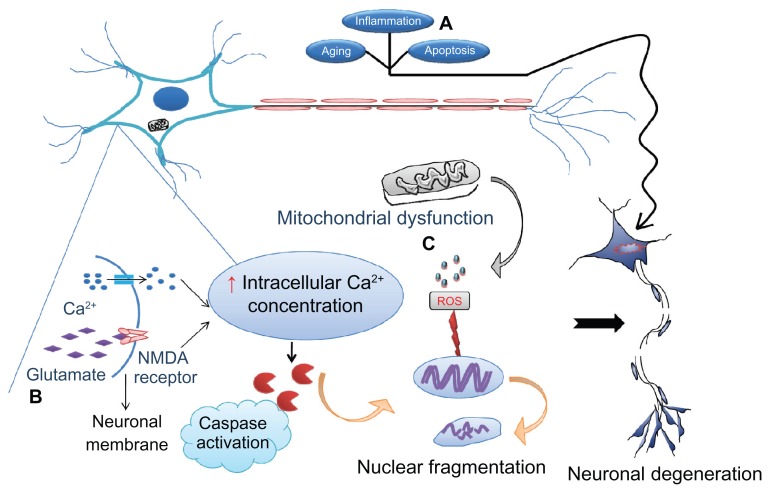

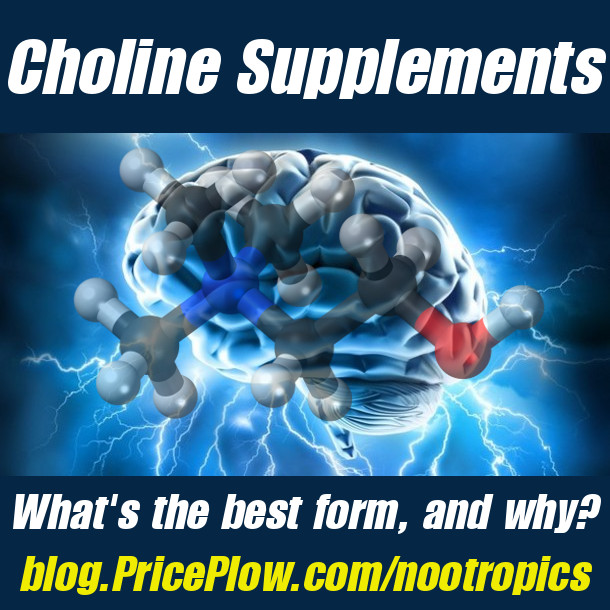
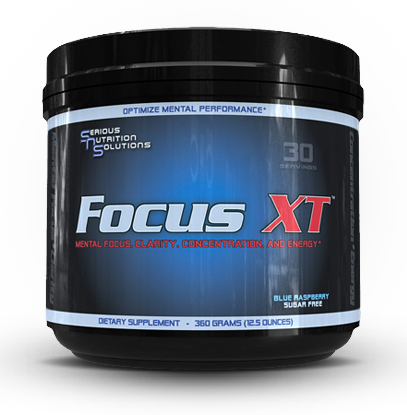
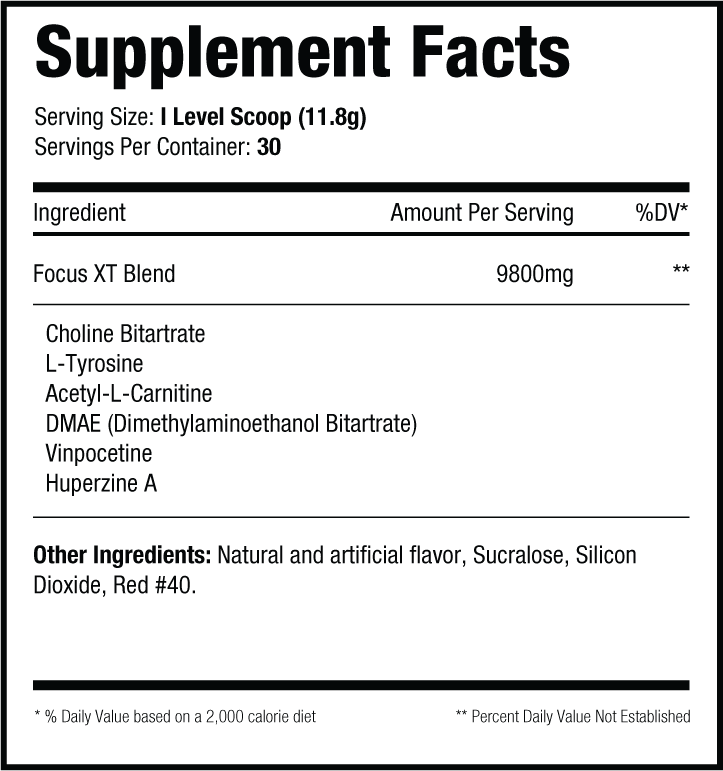


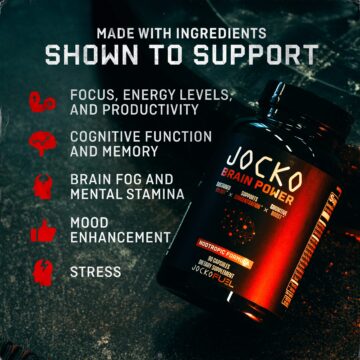
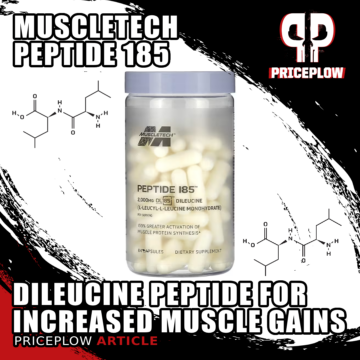
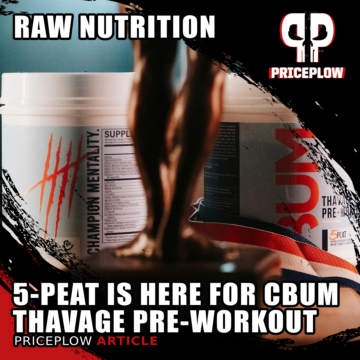
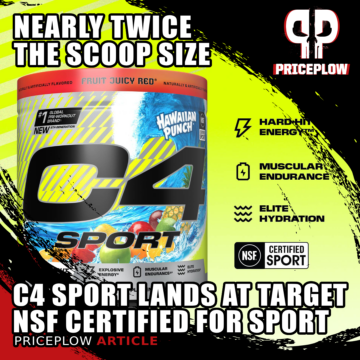

Comments and Discussion (Powered by the PricePlow Forum)